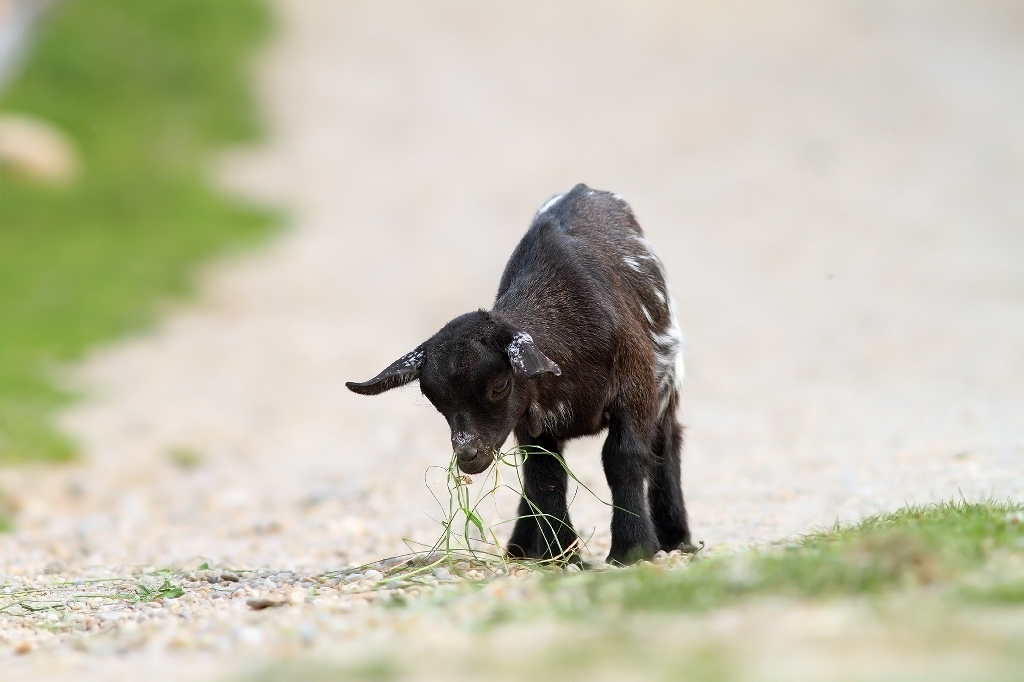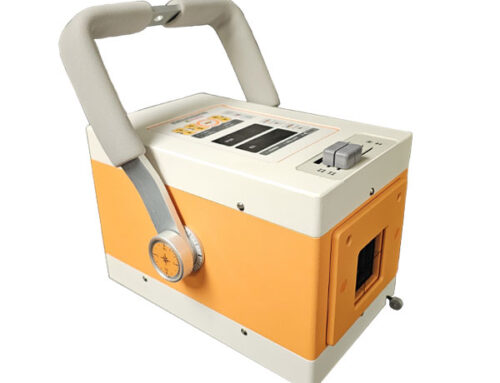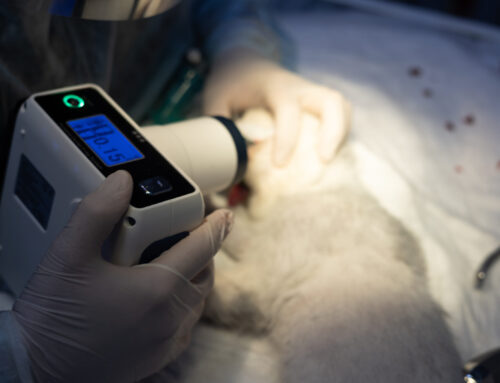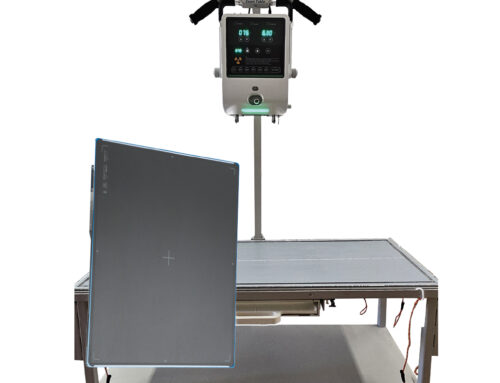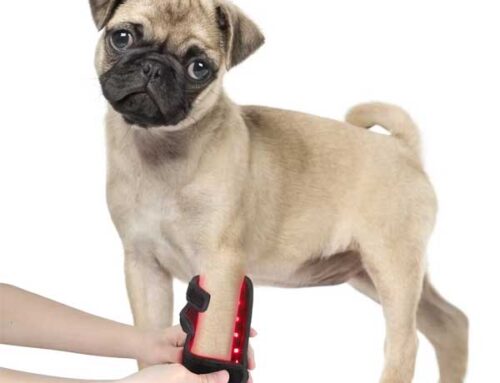Pygmy goats are cute and cuddly and provide us with many valuable services. For example, they keep the vegetation on your property cut, they produce natural fertilizers that you can use for your garden, and they also help control populations of fleas and ticks on your property.
Raising pygmy goats is funny and enjoyable. This is an African goat breed that, in its homeland it is raised for meat production. An adult pygmy goat weighs about 75 pounds and stand about 16 to 23 inches tall at the shoulder. They are very friendly in nature and lovable. Pygmy wethers (castrated goats) make far better pets than does and bucks. Wethers also don’t give off that musky billy goat odor. Pygmy does reach maturity quickly. They can get pregnant as young as 3 months. For the first year, keep bucks separated from the does to avoiding unwanted pregnancy. Pygmy does can give birth to triplets, even quadruplets.
They can survive for about 10 to 12 years. Pygmy goats are like other available goat breeds, except for their size. Their basic needs are almost the same like other goats.
It’s important to note that pygmy goats, like all goats, are herd animals. If you’re thinking about 1 goat–you’re thinking about 2 goats. You don’t want a lonely, depressed little buck or doe…do you?
The environment in which your pygmy goat is kept is key to good health. Having said that, things can go wrong: anything from accidents to the presence of disease. Nothing can be completely predicted but everything can be prevented from deteriorating further with timely action. Never adopt the attitude of “Let’s wait and see what happens.” The sooner help is sought, the greater the chances of recovery. This particularly applies to sick animals requiring veterinary assistance.
No one knows your animals better than you, and regular observation is the best defense. If you know what is considered normal behavior, you’ll quickly recognize what is not. Your powers of observation can be boosted with knowledge of normal values.
Normal Values
- Body Temperature 102-103 Fahrenheit
- Body Temperature is taken via the anus by gently inserting a lubricated thermometer, and leaving it in place for one minute. A digital thermometer is far easier to read and to handle. Available from any agricultural merchants.
- Heart Rate 70 – 95 beats per minute
- Heart Rate can be assessed by placing the hands just below the elbows and on either side of the goat’s chest. The use of a stethoscope is more accurate and can be purchased for a nominal fee.
- Respiration rate 10 – 30 breaths per minute
- Respiration Rate can be determined by observing the movements of the chest and the flanks.
- Rumen movement 1 -1.5 per minute
- Rumen Movement is the toughest to assess; a vet is best for this. A rough guide can be sought by pressing your fist into the rumen between the end of the rib cage and the pelvic bone on the left hand side of the goat.
This is the first in an ongoing series.
Future articles will include tips on feeding, housing, health matters, etc.

